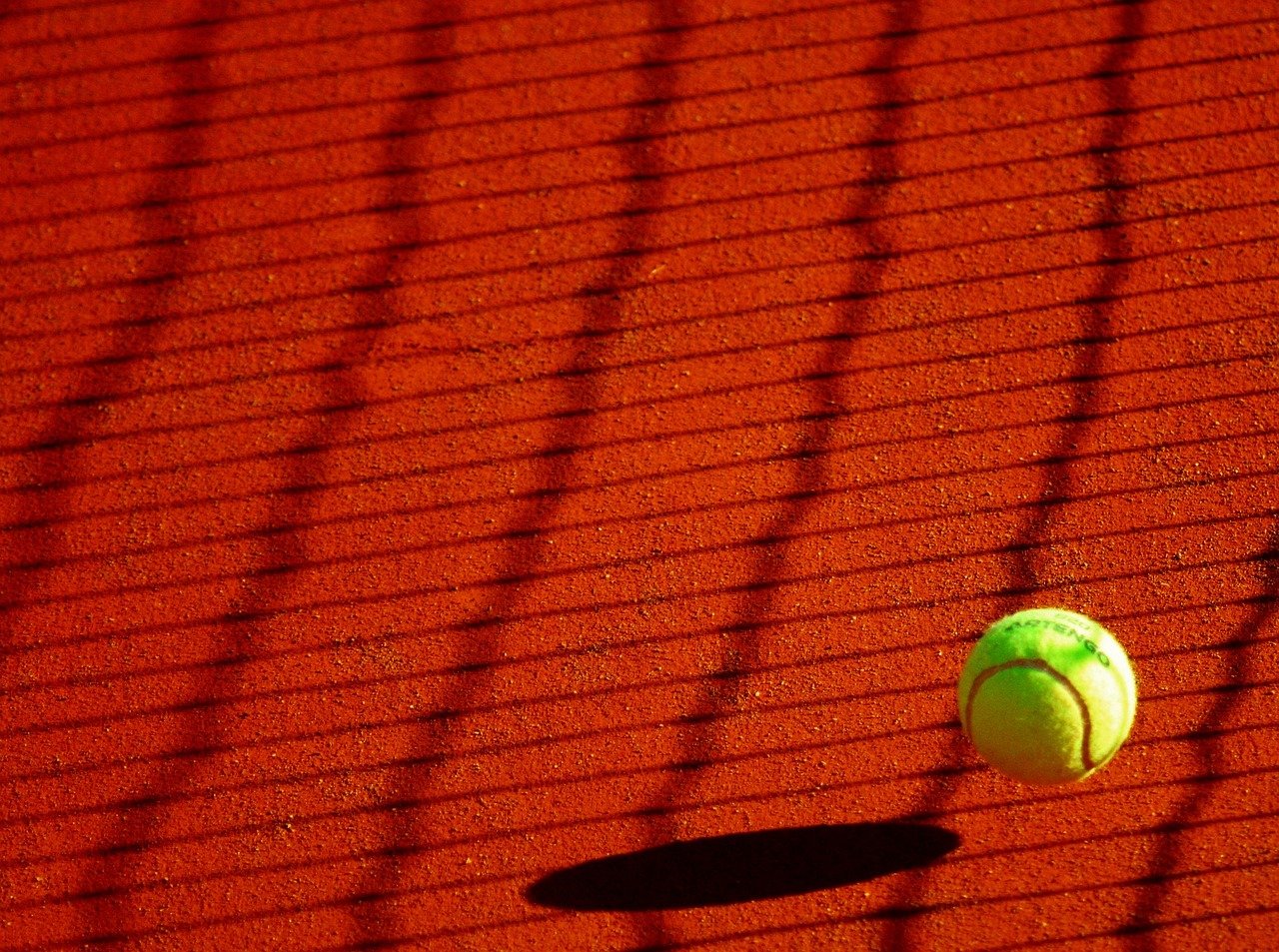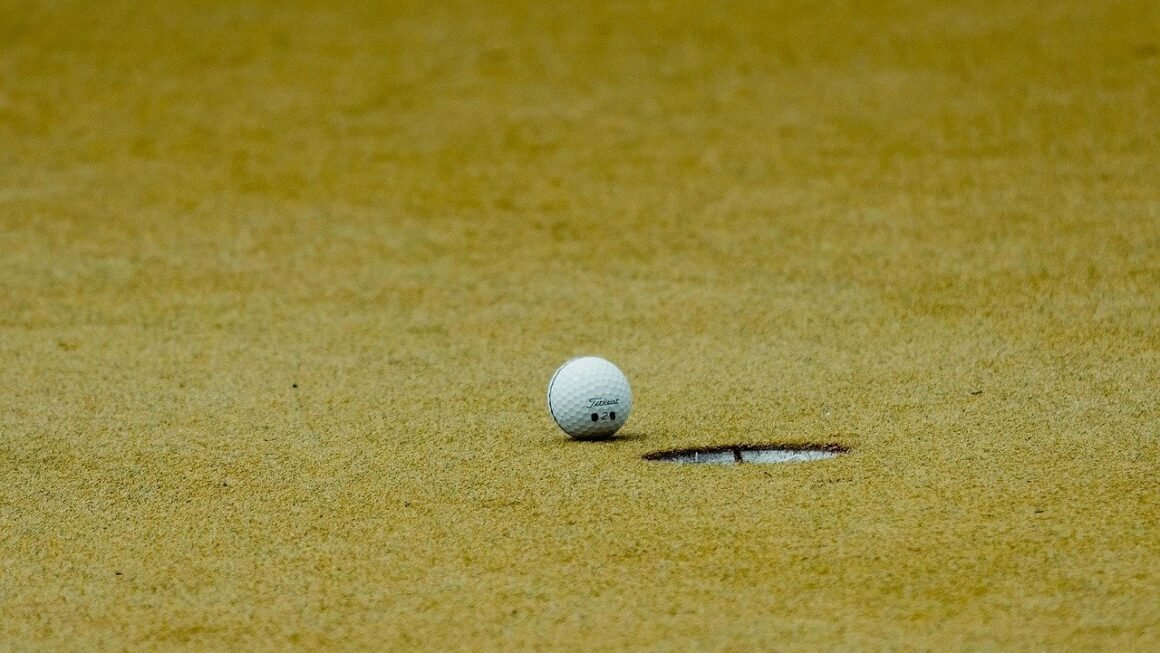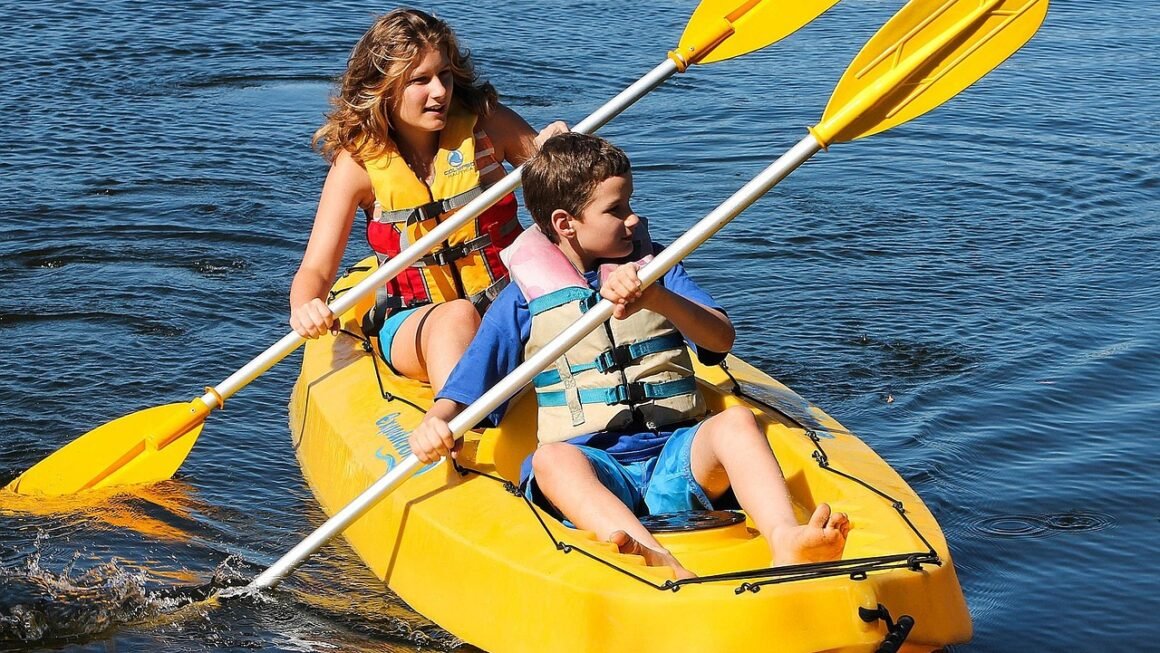Rowing, an activity that elegantly blends physical prowess with mental fortitude, offers a unique combination of cardiovascular fitness, strength training, and mindfulness. Whether you’re gliding across calm waters in a sleek racing shell or pushing your limits on an indoor rowing machine, the benefits of this sport are undeniable. This comprehensive guide will explore the multifaceted world of rowing, from its origins and techniques to its numerous health advantages and the diverse ways you can engage with it.
The History and Evolution of Rowing
Ancient Origins and Early Uses
Rowing isn’t just a sport; it’s an ancient practice deeply rooted in human history. Evidence suggests that rowing dates back to ancient Egypt, Greece, and Rome, where it was primarily used for transportation, warfare, and trade. The early boats were often powered by enslaved people or prisoners of war, highlighting a starkly different reality from the modern sport.
The Rise of Competitive Rowing
Competitive rowing began to emerge in the 17th and 18th centuries, primarily in England. Races between watermen on the River Thames became popular, leading to the development of formal rowing clubs and organized competitions. The Henley Royal Regatta, established in 1839, remains one of the most prestigious rowing events in the world.
Rowing in the Olympics
Rowing has been a part of the Olympic Games since its modern inception in 1896, although the inaugural races were cancelled due to bad weather. It’s a testament to the sport’s enduring appeal and global reach. Women’s rowing was added to the Olympic program in 1976.
Mastering Rowing Technique
The Four Phases of the Rowing Stroke
Understanding the rowing stroke is crucial for efficiency and injury prevention. It comprises four interconnected phases:
- The Catch: The beginning of the stroke, where the oar is placed in the water. Shoulders are relaxed, back is straight, and shins are vertical.
- The Drive: The powerful phase where the legs initiate the movement, followed by the core and then the arms. Maintain a strong, connected position.
- The Finish: The end of the power phase, with the oar pulled close to the body. The back should be slightly angled back, and the legs are fully extended.
- The Recovery: Returning to the catch position, reversing the sequence of the drive. Arms extend first, then the torso pivots forward, and finally, the legs slide up the slide.
Indoor Rowing vs. On-Water Rowing
While the fundamental stroke mechanics are the same, there are key differences:
- Indoor Rowing (Ergometer): Provides a controlled environment and real-time feedback on performance metrics like stroke rate, power output, and distance. Excellent for training and measuring progress. Example: Setting up a challenging interval workout on the erg to improve your VO2 max.
- On-Water Rowing: Requires balance, coordination, and adaptability to changing weather and water conditions. Provides a unique connection with nature. Example: Practicing blade work drills to minimize drag and maximize boat speed.
Common Rowing Mistakes and How to Avoid Them
- Bending Arms Too Early: Focus on using your legs and core for the majority of the drive.
- Rounding the Back: Maintain a straight back throughout the entire stroke to prevent injury.
- Rushing the Slide: Control your recovery to maintain rhythm and efficiency.
The Health Benefits of Rowing
Cardiovascular Fitness and Endurance
Rowing is an excellent cardiovascular workout that elevates heart rate, improves blood circulation, and enhances endurance. Studies have shown that rowing can significantly improve VO2 max, a key indicator of aerobic fitness.
Strength Training and Muscle Development
Rowing engages multiple muscle groups, including:
- Legs (quadriceps, hamstrings, glutes)
- Core (abdominals, obliques, lower back)
- Arms (biceps, triceps, forearms)
- Back (latissimus dorsi, rhomboids)
This makes it a full-body strength training exercise.
Low-Impact Nature and Joint-Friendliness
Unlike high-impact activities like running, rowing is gentle on the joints. The smooth, controlled movements minimize stress on the knees, ankles, and hips, making it a suitable option for individuals with joint pain or injuries.
Mental Health and Stress Reduction
The rhythmic nature of rowing can be incredibly meditative and therapeutic. It can help reduce stress, improve focus, and promote a sense of well-being. Being on the water, in particular, can have calming and restorative effects.
Getting Started with Rowing
Finding a Rowing Club or Gym
- Rowing Clubs: Offer structured programs, coaching, and access to on-water equipment. A great way to learn proper technique and connect with other rowers. Search online for “rowing clubs near me.”
- Gyms: Many gyms now have rowing machines (ergometers). Take an introductory class to learn basic technique.
Essential Equipment and Gear
- Indoor Rowing: Comfortable clothing, supportive shoes, and a water bottle.
- On-Water Rowing: Technical rowing apparel (e.g., rowing shorts or unisuit), a life vest, and appropriate footwear. Consider gloves to prevent blisters.
Setting Realistic Goals and Training Plans
- Beginner: Focus on learning proper technique and building a base level of fitness. Start with shorter sessions and gradually increase the duration and intensity. Example: 3 sessions a week of 20-30 minutes of rowing at a moderate intensity.
- Intermediate: Incorporate interval training and longer steady-state rows. Consider joining a rowing club or seeking coaching to refine your technique. Example: Mix interval training (e.g., 5 x 500m at race pace with rest) with longer endurance rows.
- Advanced: Train for specific events or competitions. Work with a coach to develop a personalized training plan that addresses your strengths and weaknesses.
Different Types of Rowing
Sweep Rowing vs. Sculling
- Sweep Rowing: Each rower uses one oar and typically rows in a crew of two, four, or eight. Requires teamwork and precise coordination.
- Sculling: Each rower uses two oars and can row in a single (1x), double (2x), or quad (4x) boat. Offers greater individual control and freedom.
Competitive Rowing Disciplines
Rowing offers a variety of competitive disciplines, including:
- Head Races: Long-distance time trials typically held in the fall.
- Regattas: Shorter sprint races usually held in the spring and summer.
- Indoor Rowing Competitions: Races on ergometers that test power and endurance.
Adaptive Rowing
Adaptive rowing provides opportunities for individuals with disabilities to participate in the sport. It includes modifications to equipment and training programs to accommodate different needs.
Conclusion
Rowing is a rewarding activity that offers a wealth of physical and mental benefits. Whether you’re a seasoned athlete or a complete beginner, there’s a place for you in the rowing community. By understanding the fundamentals of technique, setting realistic goals, and exploring the different facets of the sport, you can unlock the transformative power of rowing and enjoy a lifetime of fitness and fulfillment. Embrace the challenge, feel the rhythm, and experience the joy of rowing!



